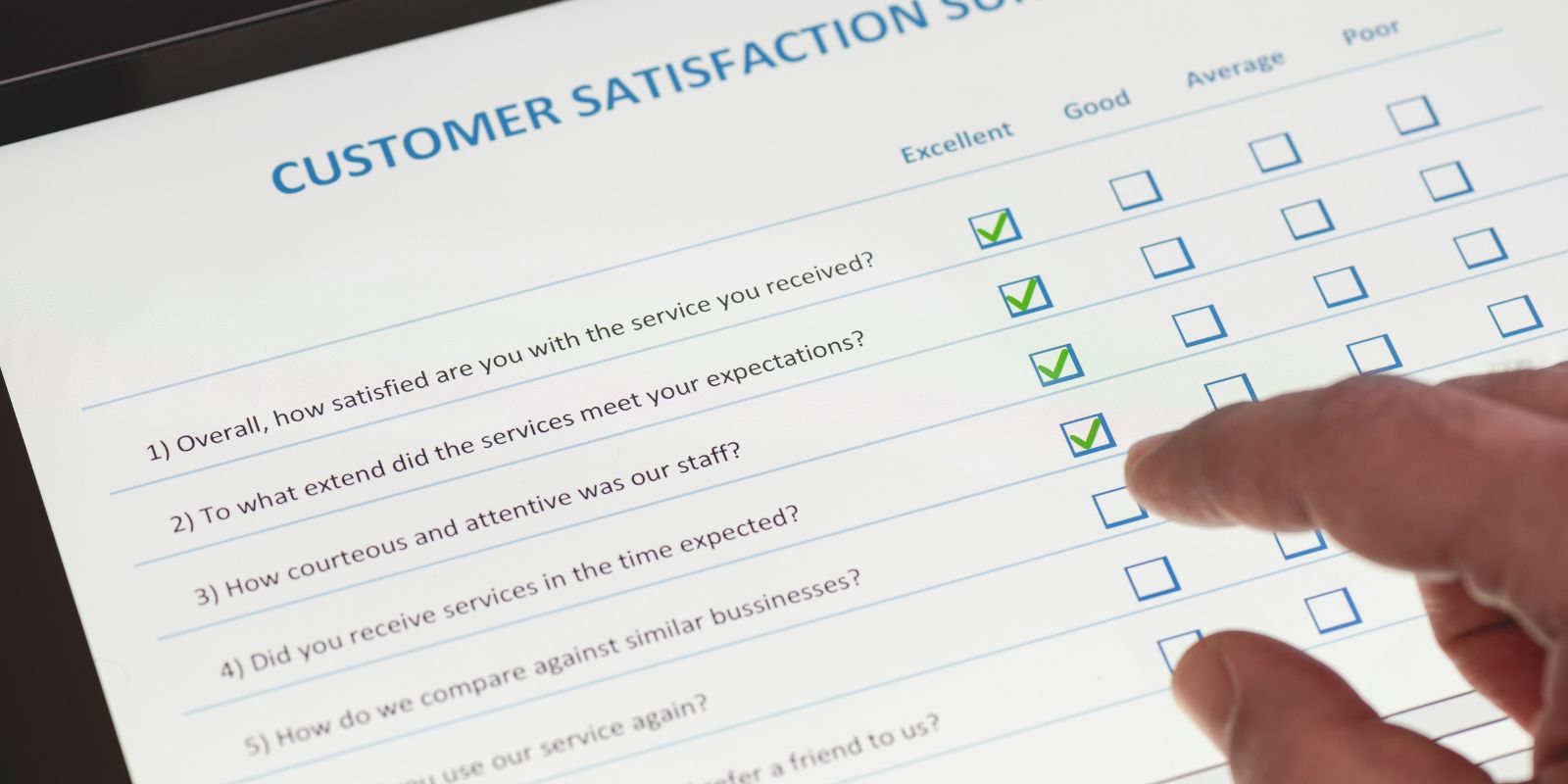How to Measure Employee Engagement

Employee engagement survey is very important for a business because it can understand employee satisfaction and perception, identify areas for improvement, increase employee retention, and improve organizational performance. Getting employees' engagement in a survey requires careful planning, communication, and consideration of their needs and concerns. Here's a step-by-step guide on how to conduct an effective employee engagement survey:
1. Define Your Objectives
Clarify the purpose of the survey. Are you looking to measure overall engagement, identify specific areas for improvement, or assess the impact of recent changes? Clear objectives will guide the survey design.
2. Design the Survey
Craft the survey questions to cover various aspects of engagement, such as job satisfaction, communication, work-life balance, career growth, and more. Below are sample questions that can be used to measure employee engagement:
● On a scale of 1-10, how satisfied are you with your current role and responsibilities?
● Are you provided with the necessary resources and tools to perform your job effectively?
● How well do you feel your skills and talents are utilized in your current position?
● Do you feel valued and appreciated by your supervisor and colleagues?
● Are you provided with enough opportunities for professional growth and development?
● Do you feel that your work is meaningful and aligned with the company's mission and values?
● How well do you feel connected and supported by your team and colleagues?
● Are you satisfied with the level of communication and transparency within the organization?
● How well do you feel your work-life balance is supported by the company?
● Do you feel motivated and engaged in your work on a daily basis?
3. Get Honest Opinions
In order to gain the honest opinions for employees, there are some tips for you:
Send out a communication explaining why the survey is being conducted, how the results will be used, and the benefits for employees. Highlight that their input matters and will drive positive changes.
Clearly state that responses will be kept confidential and anonymous. This encourages employees to share their honest opinions without fear of repercussions.
4. Data Collection and Results Analysis
After completing all necessary preparations, you can distribute the survey, analyze the results, share the findings, and create an action plan:
You can distribute the survey link via email or your organization's internal communication channels. Use engaging subject lines to capture attention. Send friendly reminders as the survey deadline approaches. Mention the remaining time to encourage employees to complete the survey.
Once the survey period is over, analyze the data to identify trends, strengths, and areas for improvement. Consider both quantitative (scores) and qualitative (comments) data. Share the survey results with employees to demonstrate transparency. Highlight key findings, and outline the actionable steps the organization plans to take based on the feedback. Conduct regular engagement surveys to track changes and improvements over time. This helps measure the effectiveness of initiatives and policies.
Conclusion
Employee engagement is an ongoing effort. Listening to your employees and actively working to improve their experiences can foster a positive work environment and boost overall productivity and morale.
 Back to Blog Home
Back to Blog Home







